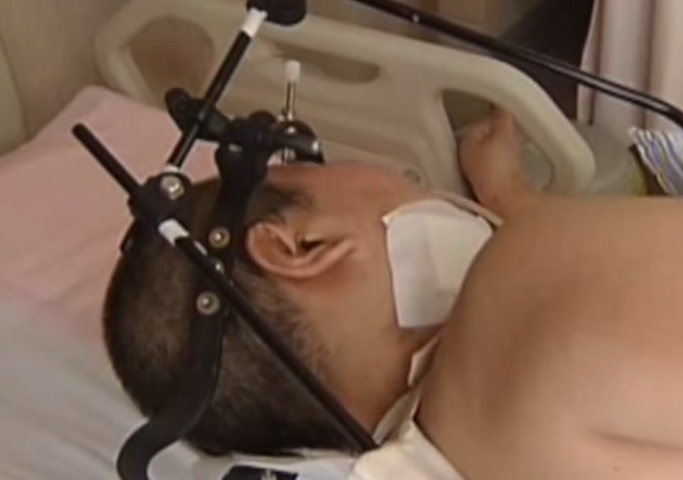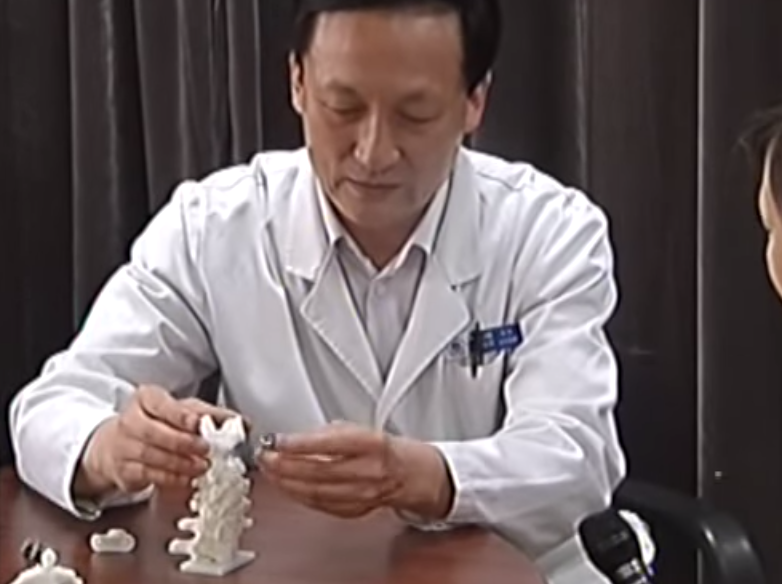Peking University has implanted the first 3D-printed vertebrae into a 12-year-old boy who had a malignant tumor in his spinal cord.
According to Forbes, Peking University began a 3D-printed program in 2009 and moved to animal trials in 2010, followed by human clinical trials in 2012. Now, after five hours of specialised surgery, doctors at the university have successfully used a 3D-printed vertebrae to replace a cancerous vertebra in a boy's neck. The implant notably features tiny pores that will allow bones to grow into it and eventually secure it in place, without the need for cement and screws.
“Although the probability is very low, it is possible that under long-term pressure from inside the body, traditional implants might plug into bones gradually, or become detached from bones. But there will be no such problems for 3D-printed implants,” said Liu Zhongjun, director of Peking's Orthopedics Department, who also explained that the bone substitue was made from a titanium powder commonly used in orthopedic implants.
CCTV reported that the boy is recovering and doing well, but the final outcome and the affect of his surgery won't be known for some time. He has to wear head gear, for instance, that keeps his neck still for three months and limits his ability to both rest his head and speak. If all goes as planned however, the boy and his surgery could open the door to wider use of 3D-printed body parts.

READ: First working 3D printed human liver could arrive in 2014
Organovo, a 3D organ printing specialist, announced last year it created a functioning, long-lasting liver by printing layers of living cells. The liver naturally regenerates itself and is able to survive for 40 days. However, more recently, the company said it previous success of keeping a liver alive for only 40 days will be beaten in 2014, thanks to a vascular system it can now print.
At this rate, it looks like 3D printing might one day save your life.

